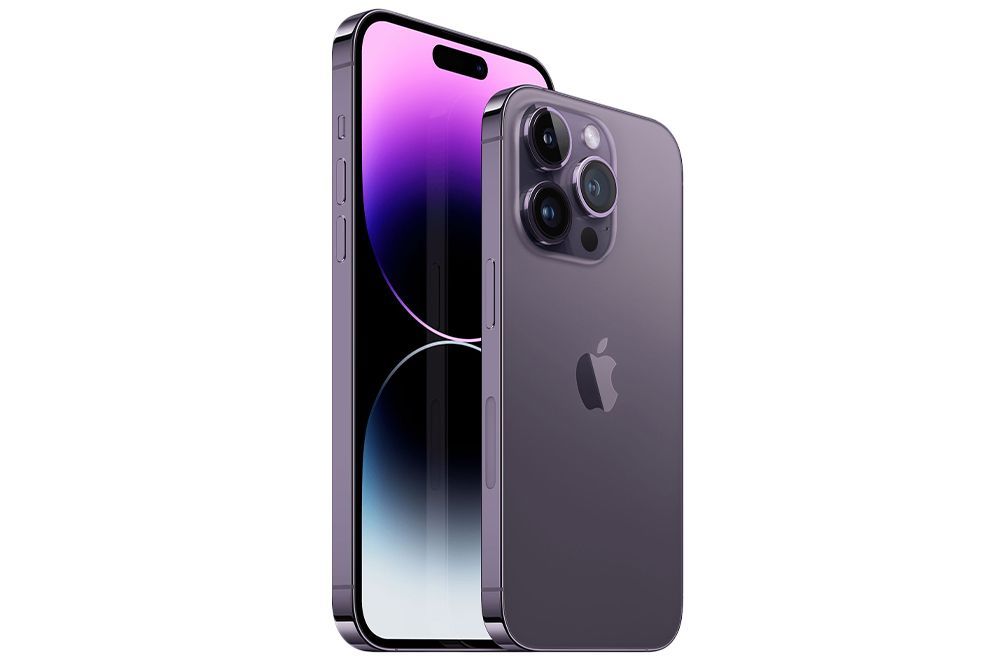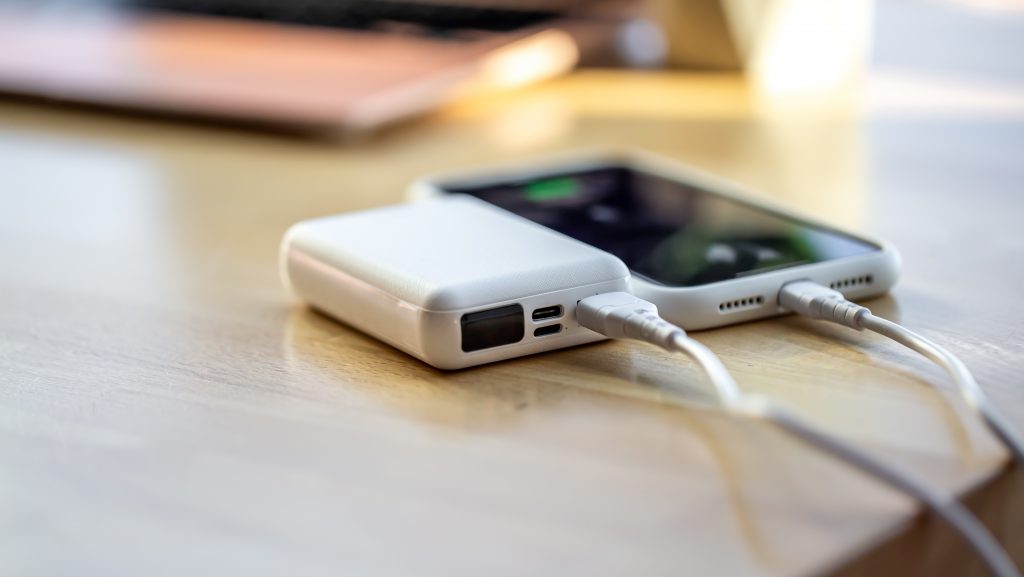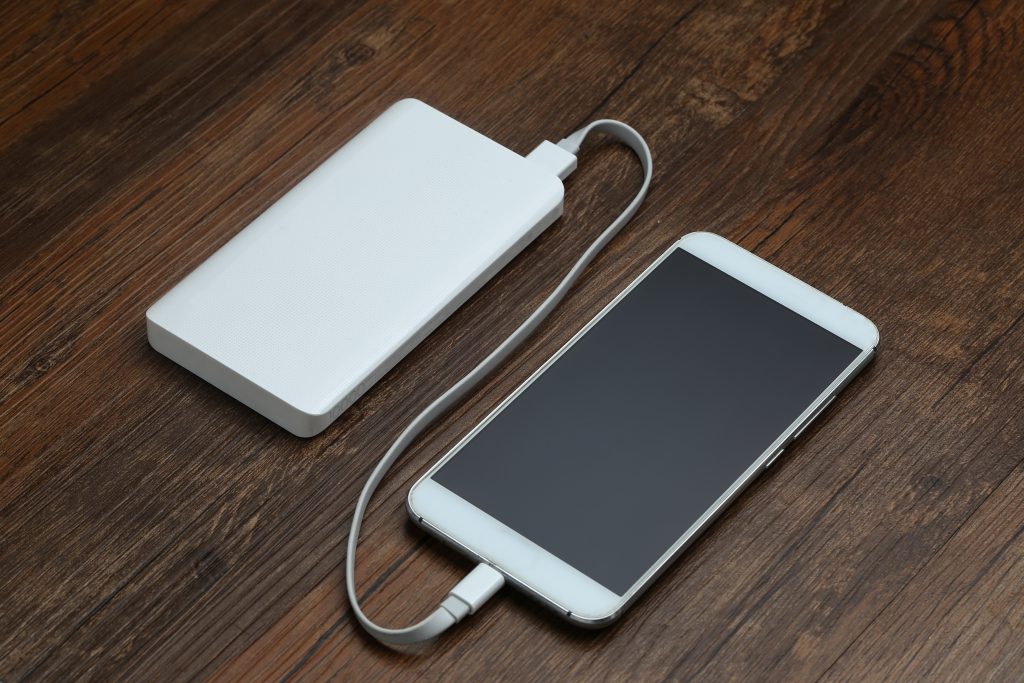The largest hardware and design changes to the iPhone series in five years are included in the iPhone 14 Pro and iPhone 14 Pro Max.
Apple’s most recent high-end smartphones have done away with the common display notch in favor of a Dynamic Island, a ground-breaking innovation that delivers a fresh appearance and a variety of interactions.
Ten years after the original iPhone was released, Apple improved the look of the famous product in 2017 by swapping out the Touch ID button for a Face ID configuration that was tucked into a tiny notch at the top of the iPhone X Retina display.
With the exception of the SE versions, the design caused a stir before becoming the norm on all subsequent iPhones.
A new camera with more megapixels and zoom capabilities, a brighter Super Retina XDR display with always-on functionality, and an unusual collection of safety features you wouldn’t expect to find in a smartphone are just a few of the upgrades Apple gave the iPhone 14 Pro and iPhone 14 Pro Max. Of course, the most recent iPhone Pro models also feature an entirely new, more capable chip.
Along with a pair of iPhone 14 models, new Apple Watches, and upgraded AirPods Pro, the tech giant introduced the iPhone 14 Pro and iPhone 14 Pro Max. The iPhone Pro lineup has undergone the most significant modifications since the iPhone 11 Pro and iPhone 11 Pro Max were introduced in 2019, all while maintaining the same starting price as the models they are replacing.
I tested the goods for a week and discovered them to be exciting follow-ups to the iPhone 13 Pro and iPhone 13 Pro Max. Here are some arguments in favor of upgrading their unique hardware and design.
Display
The Super Retina XDR displays on the iPhone 14 Pro duo are the same size and pixel density as those on the iPhone 13 Pro range. They have ProMotion technology, whose top refresh rate of 120 Hz makes screen time more engaging for anything from gaming to routine scrolling.
Two significant display improvements are higher peak brightness for outdoor use and for watching high-definition material. Since HDR content watching is 33% greater than that of the previous generation, everyone may enjoy their material with better viewing quality and even more bright colors. The iPhone 14 Pro screens’ maximum outdoor brightness is the most I’ve yet seen in a smartphone, measuring an incredible 2,000 nits. Both had flawless legibility during my tests, even under bright sunshine.
PERMANENT DISPLAY
An always-on display is another iPhone-first feature included in these most recent models, along with the Dynamic Island. While ensuring dependable visibility, it substantially reduces the lock screens’ brightness and refresh rate. What it signifies to you is that: It’s a great feature to highlight the lock screen widgets and editable clocks that Apple iOS 16, the most recent version included with every new iPhone, brings.
The iPhone 14 Pro and 14 Pro Max make fantastic desk and nightstand accessories thanks to their always-on screens, especially when paired with a MagSafe charging stand. I liked being able to quickly see the clock, date, weather, and notifications.
MORE MEGAPIXELS THAN EVER IN THE CAMERA
The iPhone 14 Pro and iPhone 14 Pro Max’s principal cameras received the biggest resolution boost ever (since 2015, to be precise, when Apple made 12MP the standard via the iPhone 6s). Additionally, its 48MP sensor is 65% larger than the iPhone 13 Pro’s camera.
With the new camera’s advanced hybrid focusing capabilities and improved picture stabilization, you can instantly create lifelike photos in any lighting situation. Both of the iPhone 14 Pro’s cameras provide stunningly precise images with a wide dynamic range and bright colors.
For stunning 12MP photographs, its sensor by default combines the data of four pixels into one. The new models’ camera apps let you take detailed 48MP photographs with the highest iPhone photo quality ever if you enable Apple ProRAW.
MORE OPTIONS FOR ZOOM
Naturally, having more pixels increases the possibility of capturing more detail; the 14 Pro camera, for example, offers an amazing 2x zoom option. The iPhone 14 Pro has exceptional ultra wide, telephoto, and front-facing cameras, with the TrueDepth camera’s improved focusing and larger aperture assuring superior low-light still and video capture.
Performance
The first semiconductor to use a 4-nanometer architecture, the Apple A16 Bionic chip powering the iPhone 14 Pro and Pro Max offers improved power, memory bandwidth, and, most importantly, power economy. The successors to the iPhone 13 Pro and 13 Pro Max are faster and more powerful than any other smartphone.
Even as I alternated between a double-digit number of apps while streaming music during outdoor work sessions, I was unable to slow down the devices. The flow was unaffected even whether I threw in an online game, a high-resolution photo or video edit, or both.
Even with its always-on function, the iPhone 14 Pro was able to last a whole day of intensive use because to its more energy-efficient CPU. The larger iPhone 14 Pro Max, on the other hand, still had a significant amount of screen time after a full day of use. Speedy wired, wireless, and MagSafe charging are supported by both Pro iPhones.
The iPhone 14 Pro and Pro Max add significant hardware and design changes to two already superb smartphones. Even if you already own an iPhone 13 Pro, the Dynamic Island, always-on display, better cameras, and industry-first safety features make the transition worthwhile. So long as their price tags are within your pricing range, these are the iPhones to purchase. And fortunately, they haven’t changed from the preceding generation.
Again, if you value screen size, multitasking capability, and battery life, the iPhone 14 Pro Max is the one to get. Without sacrificing power or features, the Pro’s smaller and lighter size makes it simpler to manage.
The entry-level iPhone 14 Pro costs $999 and has 128GB of internal storage, while the larger Max costs $100 more and has the same amount of memory. Additional memory costs $100, while choosing 512GB or 1TB increases the base price by $300 and $500, respectively. Additionally, if you are a camera fanatic, I strongly advise avoiding the base storage choice because 4K video clips and RAW image files eat up a lot of space.


